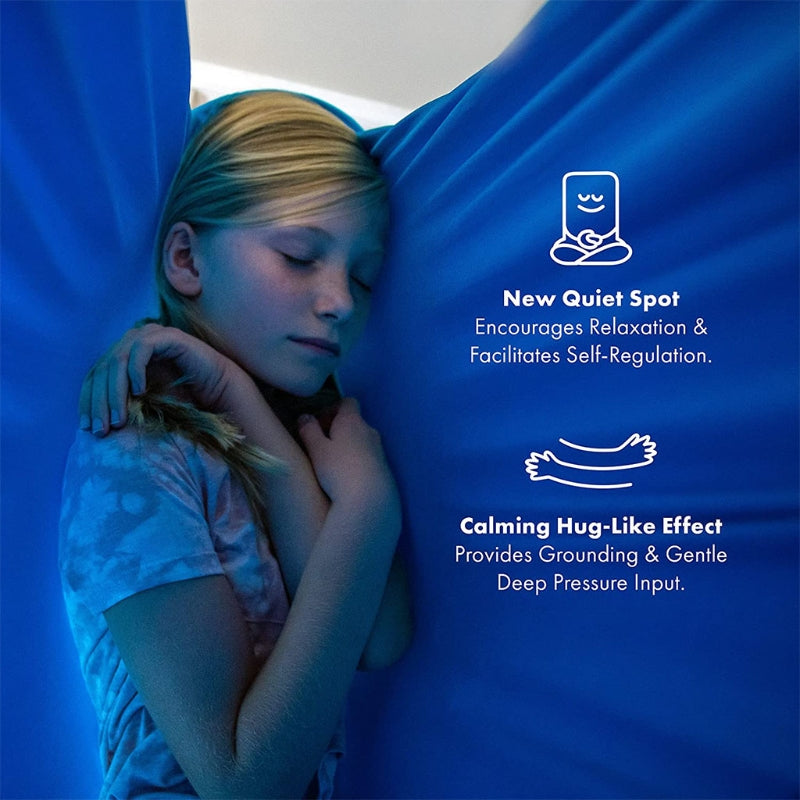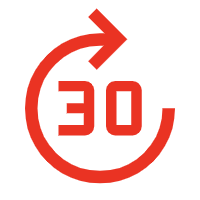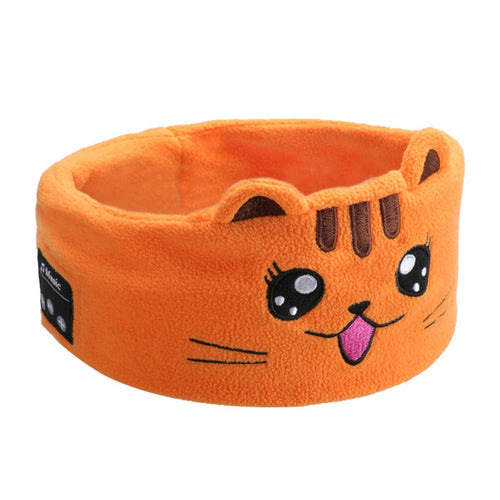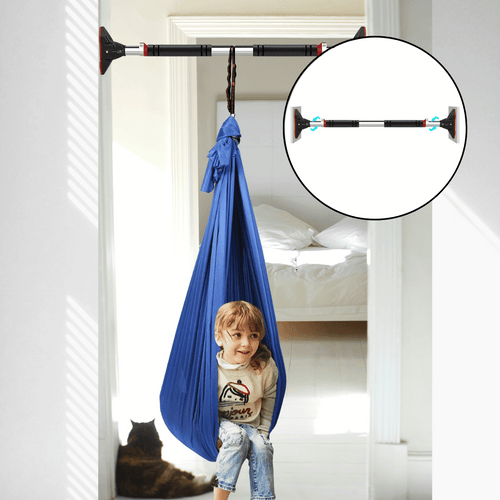When it comes to child development, fine motor skills are crucial. These skills involve the use of the small muscles in our hands and fingers, enabling us to perform delicate tasks like writing, grasping small objects, or using scissors. As children grow, their fine motor skills develop in stages, and it's fascinating to watch this progression.

Key Stages of Fine Motor Development (0-6 Years Old)
From birth to age six, children go through several key stages of fine motor development:
- 0-12 Months: Babies start with basic grasping reflexes and gradually learn to voluntarily grasp objects.
- 1-2 Years: Toddlers begin to stack blocks, scribble with crayons, and show improved accuracy in picking up small objects.
- 2-3 Years: Children can now string beads, use scissors (with supervision), and their drawing skills become more refined.
- 3-4 Years: Cutting skills improve, and children can complete more complex puzzles and assemble small toys.
- 4-5 Years: Kids at this age can draw basic shapes, copy letters, and button clothes independently.
- 5-6 Years: Children are able to tie their shoes, use a knife and fork properly, and their handwriting becomes more legible.

Targeting Hand Muscles with Design Elements on the Sensory Board
Sensory boards are excellent educational tools designed to help children develop their fine motor skills. These boards incorporate various elements that stimulate and challenge little hands and minds. Let's look at how some of these design elements target specific hand muscles:
- Zippers: Zipping and unzipping actions strengthen the muscles of the fingers and thumb, improving dexterity and coordination.
- Buttons: Buttoning activities require precise finger movements, enhancing fine motor control and hand-eye coordination.
- Spinning Gears: Turning gears helps develop wrist rotation and finger manipulation skills.
Each of these elements encourages repetitive practice, essential for muscle memory and skill retention.
Parent Practical Advice: 10 Minutes of Interactive Games Every Day
As a parent, you can leverage these sensory boards to engage your child in fun, educational activities. Here's a practical advice for a 10-minute daily interactive game plan:
- Minutes 1-2: Start with a simple buttoning challenge. See how fast your child can button and unbutton a set of buttons.
- Minutes 3-5: Move to the zippers. Time your child as they practice zipping and unzipping. Encourage them to beat their previous time.
- Minutes 6-8: Introduce the spinning gears. Have a competition to see who can spin the gears the fastest or the longest.
- Minutes 9-10: Conclude with a mixed challenge, where your child has to complete a series of tasks on the sensory board in a set order or time limit.
These interactive games not only develop fine motor skills but also enhance problem-solving abilities and hand-eye coordination.

Case Study: Family Feedback Using SensoryHarbor Products
To illustrate the effectiveness of sensory boards, let's look at a case study from a family using SensoryHarbor products:
"We purchased a sensory board from SensoryHarbor for our four-year-old daughter. Initially, she was intimidated by the zippers and buttons, but with daily practice, her confidence grew. After just a few weeks, we noticed significant improvement in her fine motor skills. She now enjoys independently dressing her dolls and even helps us with small tasks like buttoning her own clothes. The spinning gears have been a huge hit, and she loves competing with her little brother to see who can spin them faster. Overall, the sensory board has been a great investment in our child's development."
This case study highlights the impact of regular practice and engagement with sensory boards, leading to tangible improvements in a child's fine motor skills.
In conclusion, fine motor skill development is crucial for children's growth and learning. Sensory boards provide an innovative and fun way to target specific hand muscles through design elements like zippers, buttons, and spinning gears. By incorporating these boards into daily interactive games, parents can effectively support their children's skill acquisition and enhance their overall development.







